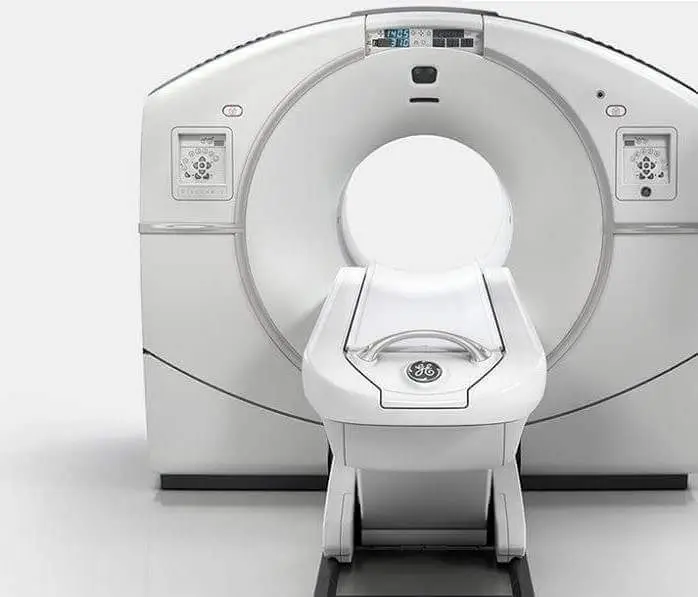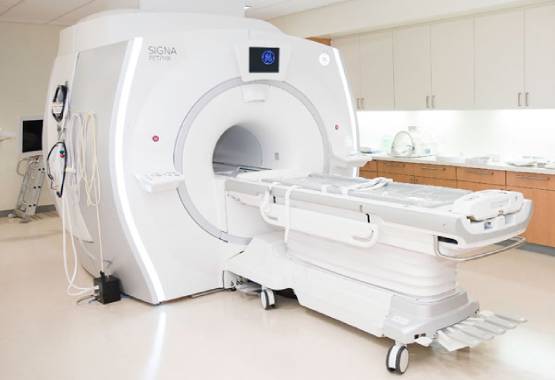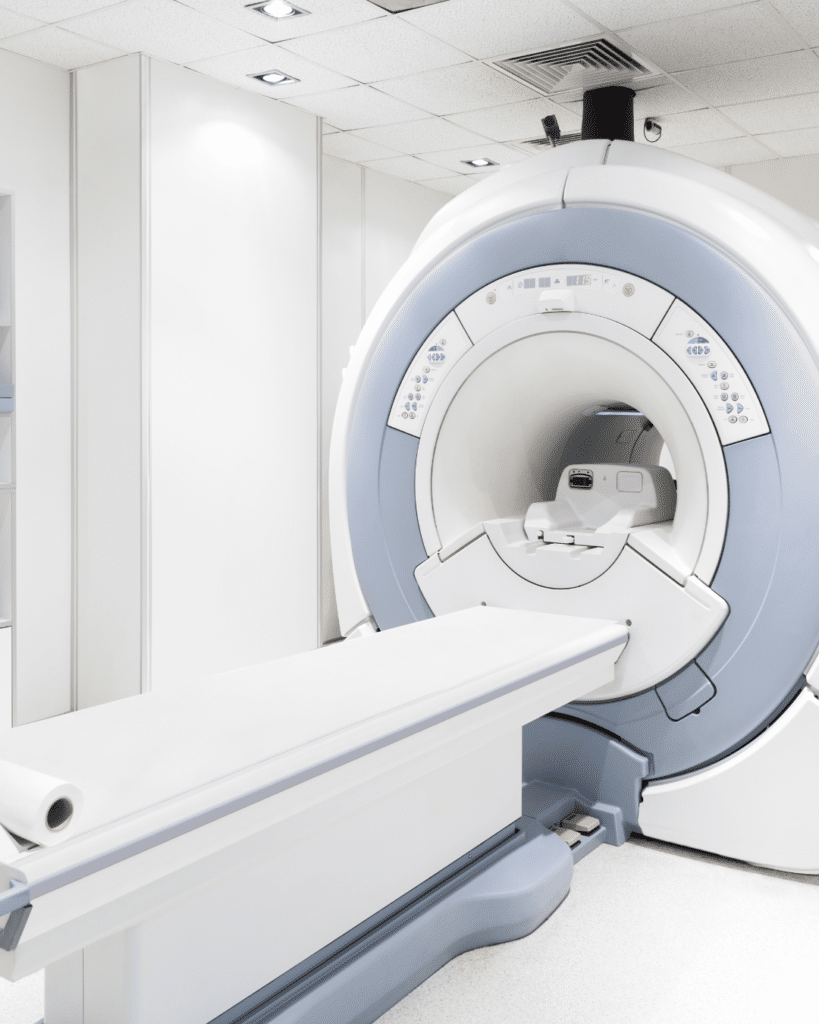Best Diagnostic Center in Chandigarh for All Medical Imaging Needs
As the leading diagnostic imaging center in Chandigarh, we provide comprehensive radiology services including MRI, CT Scan, PET-CT, Ultrasound, X-ray, Echocardiography, ECG, and EEG. Our state-of-the-art facilities are equipped with the latest diagnostic technology to deliver accurate results for patients across Chandigarh, Mohali, and Panchkula.
Why Choose Our Diagnostic Services in Chandigarh?
- Advanced technology with 1.5T and 3.0T MRI scanners
- Most affordable rates for all diagnostic tests in Chandigarh Tricity
- Same-day reporting by specialized radiologists
- Conveniently located centers across Chandigarh
- Complimentary pick and drop services for patients
- Open 7 days a week including holidays
Visit our centers in Sector 34, Sector 22, or Sector 17 Chandigarh for the best diagnostic experience. Book your appointment today for high-quality, affordable diagnostic services in Chandigarh.
When your doctor suggests an MRI, you want more than simply a scan; you want accuracy, speed, comfort, and confidence. Offering the most cutting-edge 3 Tesla MRI in Chandigarh, MRI Chandigarh helps patients receive diagnoses more quickly, clearly, and accurately—all under one roof.
This is for you if you’ve been looking for the top 3 Tesla MRI machines in Chandigarh.
What Services Does MRI Chandigarh Offer for 3 Tesla MRI Scans?
Our reputation at MRI Chandigarh is based on providing patient-first care supported by state-of-the-art equipment.
But why would you choose us?
For their 3 Tesla MRI needs, patients are increasingly turning to us for the following reasons:
Chandigarh’s state-of-the-art 3 Tesla MRI machine
We offer facilities with the newest 3T MRI technology, which is utilised in top hospitals and research facilities across the globe.
Radiologists with extensive experience
Our radiologists have more than 15 years of experience, with a focus on orthopaedic, spine, and brain imaging. Prominent experts examine and understand your reports.
Accurate and quick reports
We are aware of how difficult it can be to wait for results. For this reason, we guarantee that digital results are sent out within 24 hours, frequently on the same day.
A relaxing scan experience
The wide-bore 3 Tesla MRI equipment is perfect for patients who suffer from claustrophobia or anxiety. To help you feel at ease throughout the scan, we will make sure to provide music, a soothing environment, and helpful staff.
Flexible appointments and simple booking
No lengthy waits! No needless hold-ups! Schedule your 3 Tesla MRI at MRI Chandigarh. We include weekend and same-day appointments.
Clear and reasonably priced packages
We offer up-front, transparent pricing with no additional costs. For 3 Tesla MRI scans, our prices are some of the lowest in the Tricity region.
Smarter Scans Start Here – Why People Rely On Us
In a world where healthcare is confusing, MRI Chandigarh makes things easier!
By providing individualised help, quick appointment booking, and links to reputable facilities with state-of-the-art equipment like the 3 Tesla MRI in Chandigarh, we’re revolutionising how people schedule MRIs.
Our staff is available by phone or email if you need assistance comprehending scan kinds, comparing pricing, or searching for same-day openings.
No unstated expenses! No cryptic jargon! All patient data is handled securely and confidentially!
Simply intelligent, dependable access to the treatment you require at the most critical moment. As a result, more patients in Tricity and Chandigarh are going to MRI Chandigarh first.
Hear From Our Satisfied Customers
- Ravi P., Sector 35, Chandigarh —
“The clarity of the scan was incredible. My neurologist immediately commented on how detailed the images were. The staff was polite, and the scan was done in under 30 minutes.”
- Neha R., Zirakpur —
“I chose MRI Chandigarh because they had a 3 Tesla MRI machine. I was surprised by how smooth and quick the whole process was. I got my report the same evening!”
- Jaspreet S., Mohali —
“My orthopaedic surgeon specifically asked for a 3T MRI. I booked with MRI Chandigarh and couldn’t be happier. The images helped guide my treatment perfectly.”
Why A 3T MRI Can Save You From A Misdiagnosis
A 3 Tesla MRI (3T MRI) can be the difference between a correct diagnosis and months of uncertainty or incorrect treatment.
Standard 1.5T MRI machines frequently miss the smallest abnormalities in the brain, spine, joints, or soft tissues. But, a 3T MRI’s greater magnetic strength allows it to produce ultra-clear, high-resolution images.
This accuracy is crucial for detecting early-stage illnesses when time and clarity are crucial for successful treatment, such as tumours, neurological disorders, or ligament injuries.
A 3T MRI helps physicians make quicker, more certain choices by lowering false negatives and unclear results, which ultimately shields patients from incorrect diagnoses.
We are a reliable source that connects patients with top diagnostic facilities in Chandigarh and the Tricity area that provide 3 Tesla MRIs.
We know that selecting the best MRI facility can be difficult, particularly when promptness and accuracy are crucial.
For this reason, we have teamed up with reputable MRI facilities that offer patient-friendly services, skilled radiologists, and cutting-edge 3T MRI equipment.
With MRI Chandigarh, you can easily schedule appointments, compare options, and verify availability, guaranteeing that you can have high-quality imaging without any fuss.
Take The Next Step – Get In Touch With Us
Contacting MRI Chandigarh is simple, quick, and hassle-free. We are available to help you in a timely and professional manner, whether you have a query, need assistance locating the top 3 Tesla MRI centres in your area, or wish to schedule an appointment.
To book an appointment, visit our website mrichandigarh.com.
You may also call us at 8699572364 or email us at [email protected].
During business hours, our committed support staff usually answer within an hour, and on weekends or holidays, they do so within 12 hours. We prioritise responding to you as soon as possible because medical imaging is frequently time-sensitive.
With just a few clicks, you can explore your MRI options, check availability, or request a callback by visiting our website.
Your well-being is crucial! Our goal is to ensure that you receive the appropriate scan at the appropriate time and location.
Your Health Deserves The Best
You shouldn’t accept “good enough” when you need answers. The facilities associated with us provide great accuracy, prompt service, and caring treatment; all at a facility entirely focused on you.
For reliable findings, pick MRI Chandigarh, whether this is your first or fifth MRI. We have helped over 1000 patients across Chandigarh and Tricity access the right MRI facility.
Your health is too important to put off, so give us a call or make an online reservation for your 3 Tesla MRI!
We assure you will get your service from the best 3 Tesla MRI machine in Chandigarh!
FAQs for Licensed 3 Tesla MRI In Chandigarh
How much does a 3 Tesla MRI in Chandigarh cost?
The price varies according to the body part being scanned, but at MRI Chandigarh, we provide clear and reasonable pricing, with prices starting at ₹5,000.
Is a 3T MRI superior to a standard MRI?
Yes. A 3 Tesla MRI offers crisper images, quicker scans, and improved diagnostic accuracy, particularly for brain disorders, spine, and orthopaedics.
How do I get ready for a 3T MRI?
Steer clear of metallic clothing. Take off all watches, jewellery, and credit cards. Please let our technician know if you have any implants or devices.
What is the duration of a 3 Tesla MRI scan?
Most scans take 15 to 30 minutes, depending on the area the radiologist is examining.
How safe is a 3 Tesla MRI?
Don’t worry! For most patients, this non-invasive, radiation-free imaging technique is safe.
Can those who are claustrophobic handle a 3T MRI?
Yes. Our calming surroundings and wide-bore design reduce anxiety. During the scan, you can communicate with the professional as well.
How can I set up a meeting?
You can make an immediate reservation on our website at mrichandigarh.com or give us a call at 8699572364.
Find Our Links for Best 3T MRI centre in Chandigarh
Instagram: @mrichandigarh
Facebook: 3 Tesla MRI Chandigarh
X (formerly Twitter): @MRIChandigarh
LinkedIn: 3 Tesla MRI Chandigarh
Mail at : [email protected]
Contact : 8699572364
Address: 3Tesla Mri Scan in Chandigarh
Finally You have Read all This Article, Hope you get Anything Interesting?
Ahmmmmm…. Really have you Cleared All Doubts? I don’t think So……
You can Call for Your Queries at 8699572364. At least Call Once We will Guide You.
If You Find Something less than actual price Specially in medical, Check Twice before you go there.







